CAMP BULLIS, Texas (Nov. 3, 2009) -- The 201st Military Intelligence (MI) Battalion conducted more training here Oct. 26-29 in preparation for its deployment overseas next year.
"The 201st is one of only two interrogation battalions in the active Army," said Lt. Col. Dennis Lewis, battalion commander. "Both are stationed at Fort Sam Houston [Texas] under the leadership and direction of the 470th MI Brigade, which will certify us for combat operations later in the year."
Approximately 200 of the battalion's Soldiers set up communications equipment, transportation and living accommodations at or near the Intelligence Security Command Detention Training Facility (IDTF) on Camp Bullis in order to take part in a battalion-level, integration-focused field training exercise (FTX) -- third in a series of exercises designed to enhance the skill-level proficiency for the battalion.
"This exercise is about integration; establishing standard operating procedures (SOPs), getting systems in place, and making sure duties and responsibilities are known," said Cpt. Luis Deleon, A Company commander. "It is also about training Soldiers who are new to the unit and/or the military occupational specialty (MOS)."
The Soldiers have improved and are improving as morale is high and getting better, added Deleon.
"Previous training exercises focused on battle drills and sections drill, whereas this one is more integration focused," said Cpt. John LaGrandier, an officer in the battalion. The latest training highlighted the synchronization processes between the company-level and battalion-level operations - how they support each other in theater, he said.
Some of the Soldiers gained experience during the unit's first deployment in 2008. "The knowledge and insight they bring to this is a great asset," LaGrandier said.
Proper treatment of detained persons was a key component of the FTX. Soldiers rehearsed their procedures to ensure they were consistent with Department of Defense directives and Army doctrine on interrogation operations.
Sgt. Thomas Haenke, B Company,was "ecstatic" about doing his job publishing intelligence reports, ensuring quality control and disseminating information to higher echelon intelligence agencies; information from interrogators that has the potential to greatly impact the interrogation process.
"I like it because not all the information is essential, but some will help," he said. "I feel good about these reports. They have the potential to help the war fighter."
Several sections or elements, each with their own important area of responsibility, supported the FTX.
The S-6, the communications and information management staff, was responsible for providing all communication equipment. It provided a multitude of methods for communicating including computers, radios, telephones and the TROJAN SPIRIT LITE (lightweight integrated telecommunications equipment).
"We respond to trouble tickets or equipment problems, give access to equipment, support information technology issues and keep the IDTF in touch with the world using communication devices and providing connectivity," said SPC Aaron Loux. "We look forward to getting there and getting the job done."
Even legal professionals had a part to play in this exercise. Sgt. Brandon Grable, a paralegal, was responsible for ensuring all interrogation plans are reviewed for legal matters, advising on policy, creating commanders' briefs, and educating interrogators on the differences in detention laws between countries in a state of war, among other duties
This job is challenging and sometimes hard to explain because it encompasses a lot of variables. For example, the laws governing the time available to exploit detainees may differ from that of another country, so he has to find ways to get that across to those who need to know, Grable explained.
Even the outside environment in which Soldiers were training simulated the set-up found on a forward operating base (FOB). Benches, tents and T-Walls (retaining walls system) were been placed on the grounds to help Soldiers acclimate in preparation for deployment. Responsibility for "mayoral" support rested on the Headquarters and Headquarters Detachment. It was charged with making sure the infrastructure was in place, equipment was working and the standard of living was upheld - boosting Soldiers' morale. It also established a relationship with the FOB.
"Our goal at the start of the exercise was to achieve integration and synchronization of all internal battalion functions," said Lewis. "We were largely successful. The battalion is now capable of using interrogation results, analysis and exploitation of captured media to produce relevant and timely intelligence for the warfighter."
Another exercise, raising the level of complexity, is scheduled to take place in the coming weeks. In between exercises, participants will have the opportunity to "refit and fix" problems, allowing them to return to the IDTF ready for whatever the exercise demands of them.

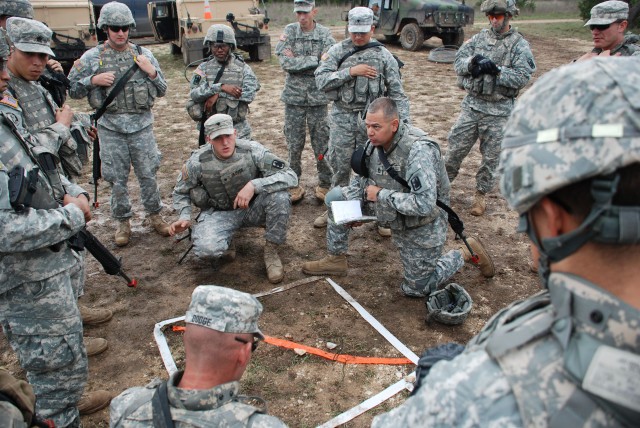
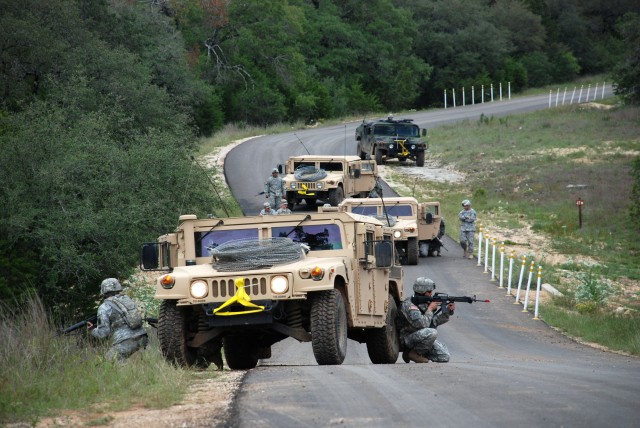
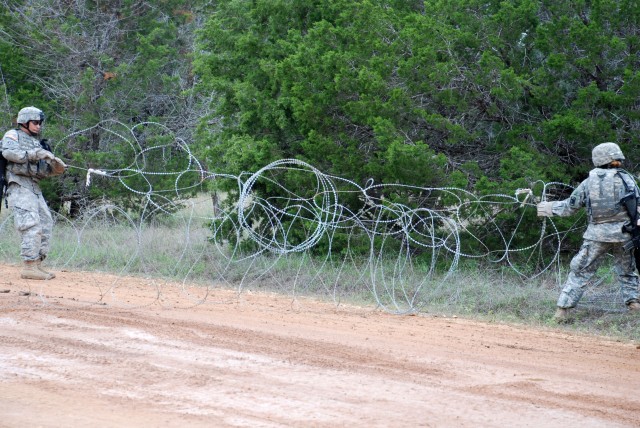
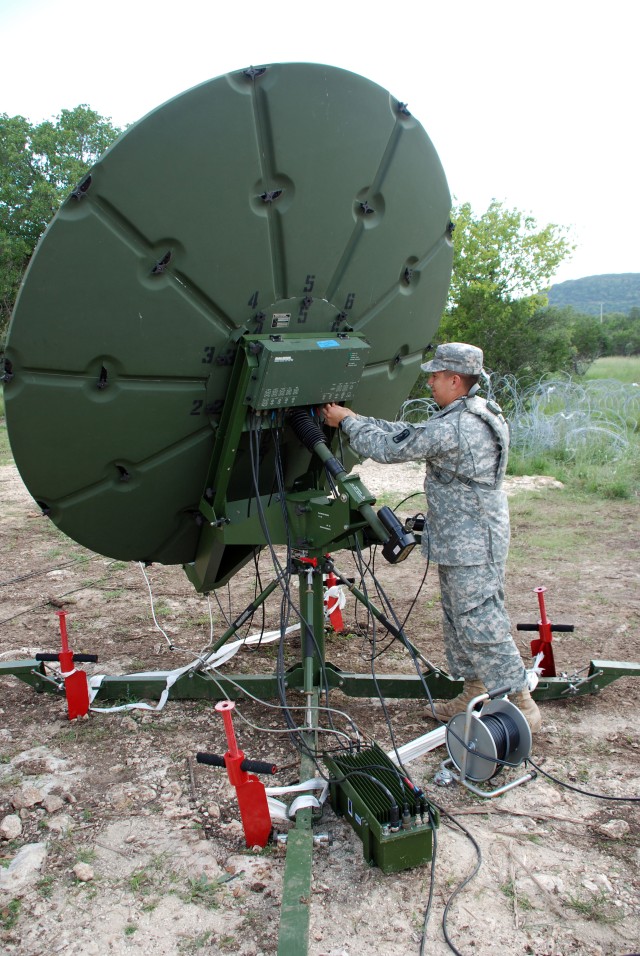






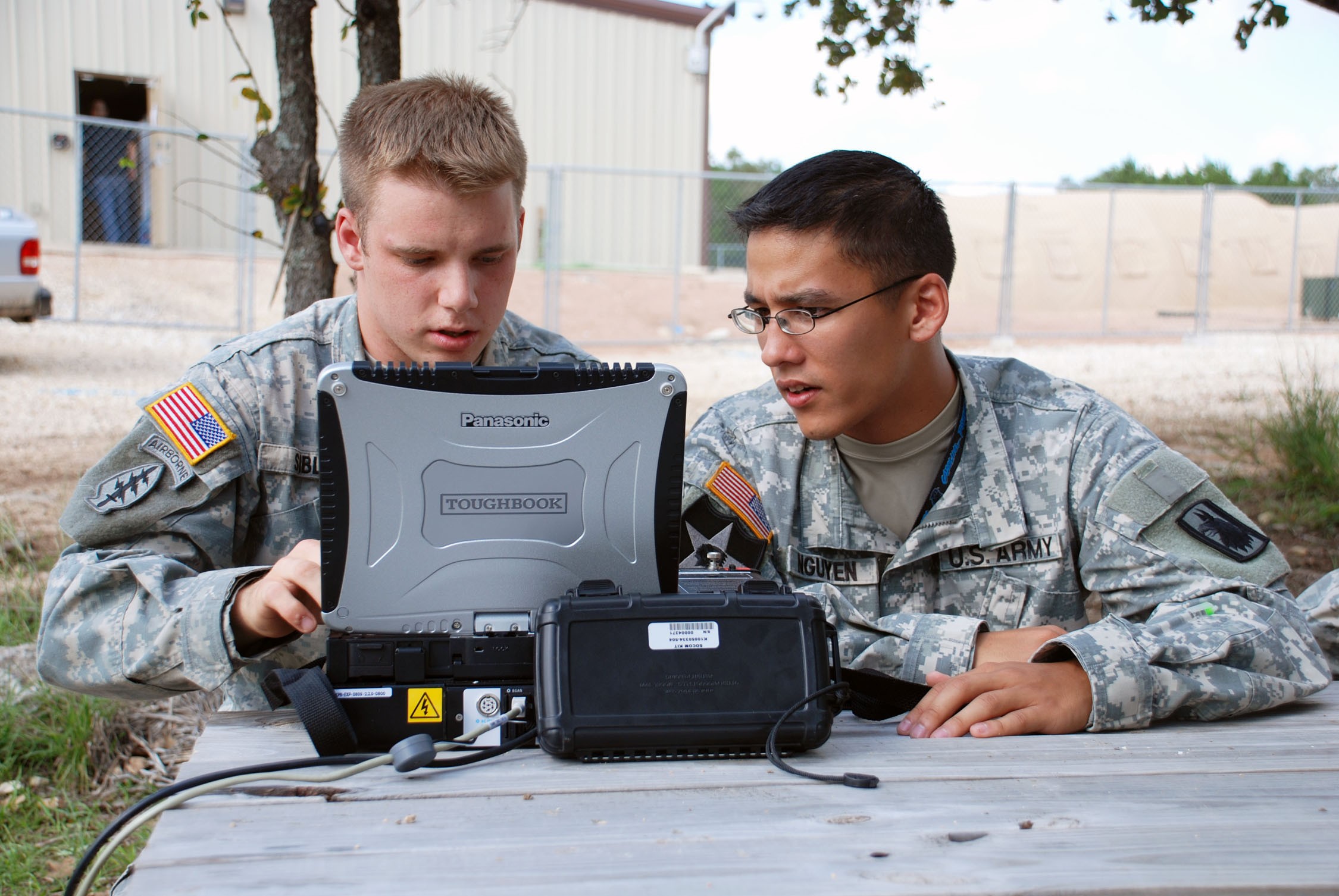
Social Sharing